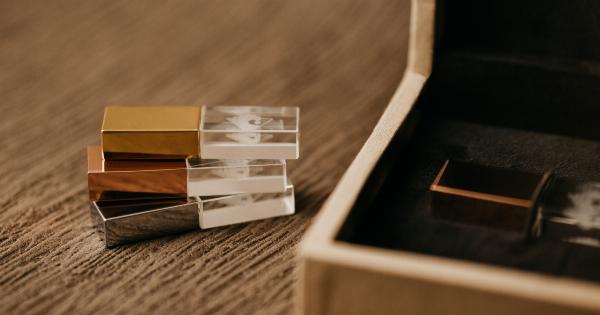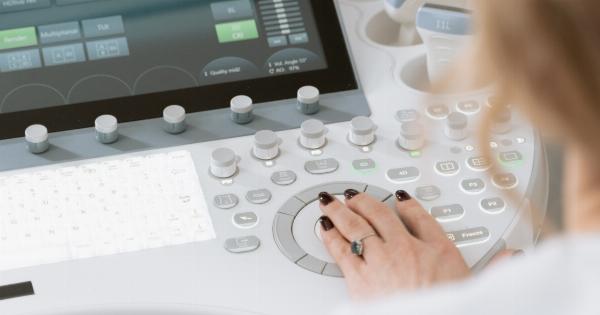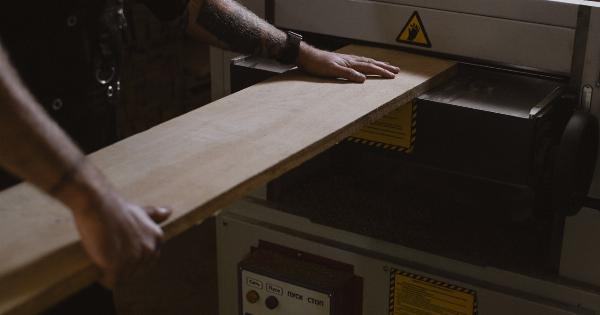The transurethral resection in saline (TURIS) method for prostate removal has been gaining popularity in recent years due to its supposed benefits over the traditional transurethral resection of the prostate (TURP) method.
TURIS involves using a saline solution to irrigate the bladder during the procedure, rather than the traditional method of using a pressurized fluid.
A recent study conducted by a team of researchers from the University of California, San Francisco (UCSF) has revealed some new findings on the TURIS method.
The study, which was published in the journal European Urology, involved a randomized controlled trial of 210 men with lower urinary tract symptoms due to benign prostatic hyperplasia (BPH).
Better Outcomes
One of the most significant findings of the study was that the TURIS method resulted in better outcomes compared to the traditional TURP method.
Specifically, patients who underwent the TURIS procedure had significantly better urinary function and symptom scores at 12 months post-procedure compared to those who underwent TURP.
According to the study’s lead author, Dr. Jayram Krishnan, “our findings suggest that the TURIS technique may be superior to the traditional TURP method in patients with lower urinary tract symptoms due to BPH.”.
Less Bleeding and Shorter Hospital Stay
The study also found that patients who underwent the TURIS procedure experienced less bleeding and required fewer transfusions compared to those who underwent TURP. In addition, patients who underwent TURIS had a shorter hospital stay, on average.
Dr. Krishnan explained that “using saline instead of the traditional fluid for irrigation during the procedure could be the reason for the reduced bleeding and need for transfusions, as well as the shorter hospital stay.
Saline is known to be less irritating to the bladder and less likely to cause electrolyte imbalances.”.
Low Complication Rates
The study also found that the TURIS method had a very low complication rate. The most common complication reported was the need for temporary catheterization after the procedure, which occurred in both the TURIS and TURP groups at a similar rate.
Overall, the study’s findings suggest that the TURIS method may be a safer and more effective option for patients with lower urinary tract symptoms due to BPH.
Future Implications
The findings of this study have important implications for the future of prostate removal procedures. While TURP has been the go-to method for decades, the TURIS method may now be considered a viable alternative for patients.
Dr. Krishnan noted that “our findings provide further evidence for the potential benefits of the TURIS technique over the traditional TURP method.
However, additional research is needed to confirm our findings and determine which patients would benefit most from the TURIS procedure.”.
Conclusion
In conclusion, the TURIS method for prostate removal has been shown to have several benefits over the traditional TURP method, including better outcomes, less bleeding, fewer transfusions, shorter hospital stay, and low complication rates.
While further research is needed to confirm these findings, the TURIS method may be considered a safer and more effective option for patients with lower urinary tract symptoms due to BPH.





























